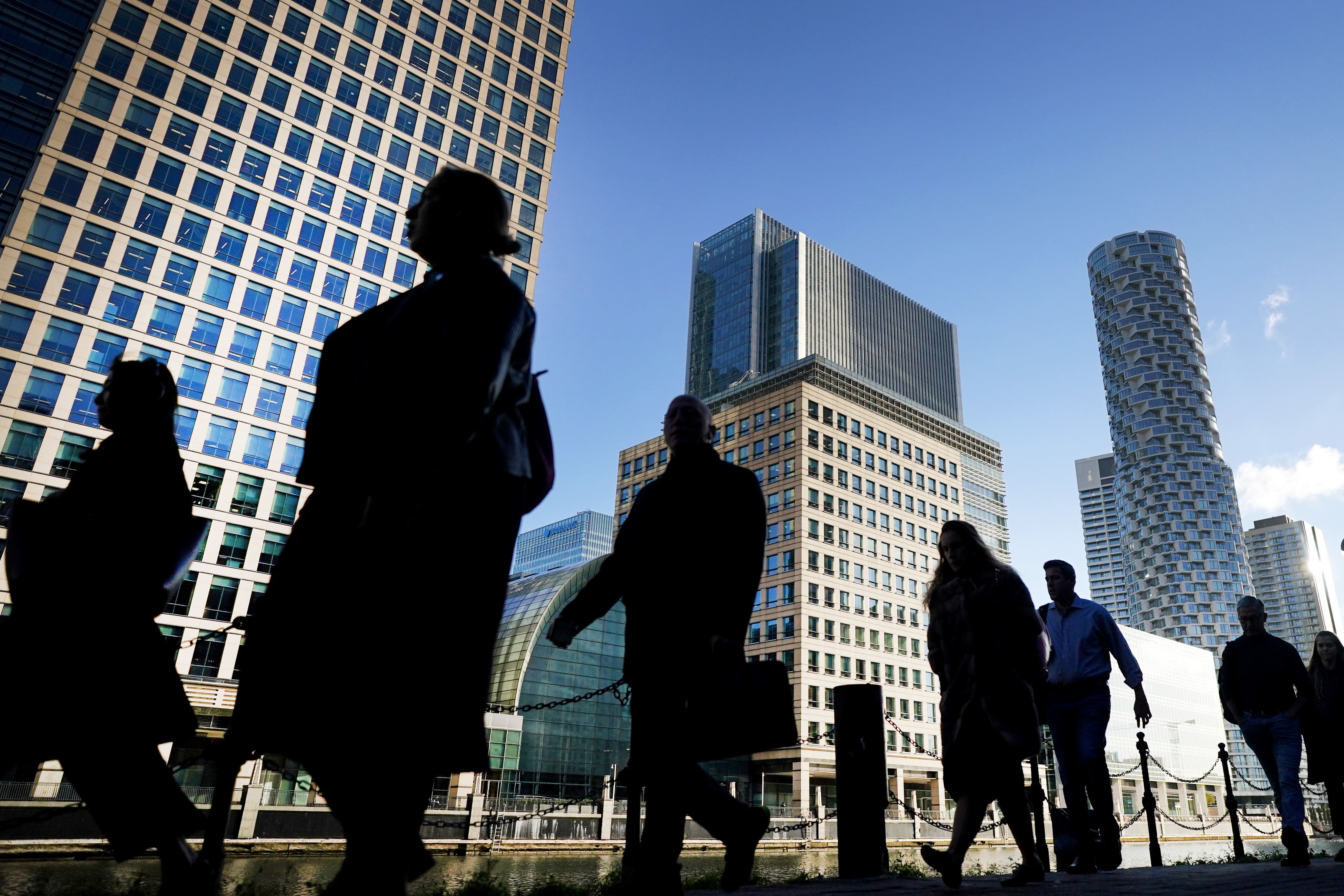Business insolvencies jump by 57% to 13-year high
Total company insolvencies registered in 2022 leapt by 57% to 22,109 from the previous year, new data from the Insolvency Service revealed.

Your support helps us to tell the story
From reproductive rights to climate change to Big Tech, The Independent is on the ground when the story is developing. Whether it's investigating the financials of Elon Musk's pro-Trump PAC or producing our latest documentary, 'The A Word', which shines a light on the American women fighting for reproductive rights, we know how important it is to parse out the facts from the messaging.
At such a critical moment in US history, we need reporters on the ground. Your donation allows us to keep sending journalists to speak to both sides of the story.
The Independent is trusted by Americans across the entire political spectrum. And unlike many other quality news outlets, we choose not to lock Americans out of our reporting and analysis with paywalls. We believe quality journalism should be available to everyone, paid for by those who can afford it.
Your support makes all the difference.The number of companies falling into insolvency in England and Wales last year surged to its highest since 2009, according to Government figures.
Total company insolvencies registered in 2022 leapt by 57% to 22,109 from the previous year, new data from the Insolvency Service revealed.
Experts said the rise was partly driven by the end of coronavirus support measures by the Government to support firms during the pandemic as well as weaker consumer demand.
The increase was also partially linked to the higher number of companies operating in total during the year.
The Insolvency Service reported the rise was driven by the highest number of Creditors’ Voluntary Liquidations since records began in 1960.
2022 was the year the insolvency dam burst
Creditors’ Voluntary Liquidations are a process which allow directors to voluntarily fold their insolvent firms.
Administrations also increased against 2021 but were lower than pre-pandemic levels.
The final quarter of 2022 showed that insolvencies continued to accelerate during the year, as they increased by 7% to 5,995 compared with the previous three-month period.
Christina Fitzgerald, president of insolvency and restructuring trade body R3 and partner at Edwin Coe LLP, said: “2022 was the year the insolvency dam burst.
“After nearly three years of trading through a pandemic, and in the face of the end of Government support, rising costs and a cost-of-living crisis, many directors simply ran out of road this year and chose to close their businesses before the choice was taken away from them.
“Alongside this, the end of the Government’s temporary legislation on winding-up orders has left creditors free to pursue unpaid debts, which is why compulsory liquidation numbers are at their highest in three years.”
David Kelly, head of insolvency in PwC’s restructuring and forensics practice, said: “Annually the construction, retail, accommodation and food services sectors were the hardest hit industries, a telling sign of the impact of rising costs and shift in consumer habits and the continued challenges certain sectors are facing getting and retaining staff.
“We are seeing many companies putting themselves in the shop window for a possible merger or acquisition, which is a sensible move in this environment helping redistribute capital.
“However, during the current challenging market conditions where values and appetite are uncertain, all options need to be considered including contingency planning for restructuring.”